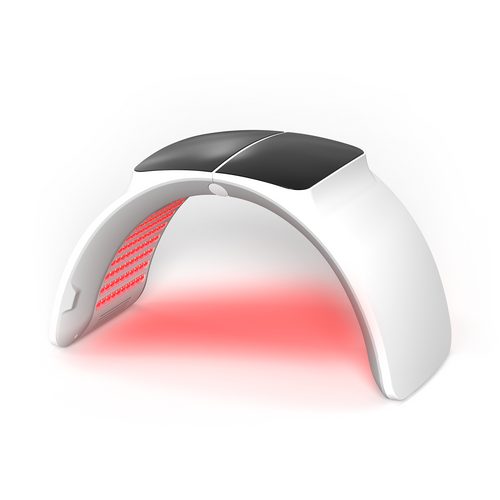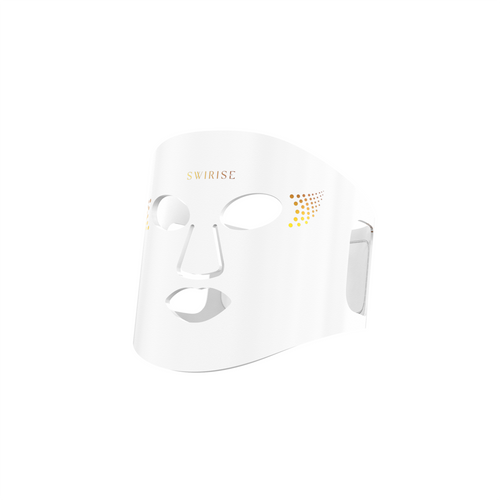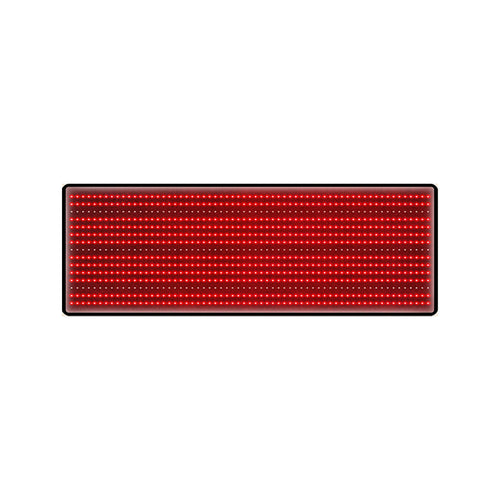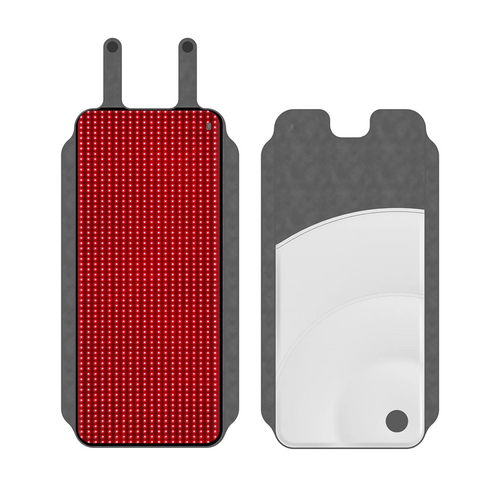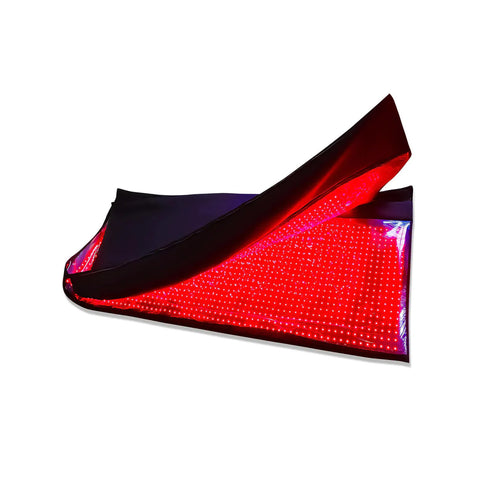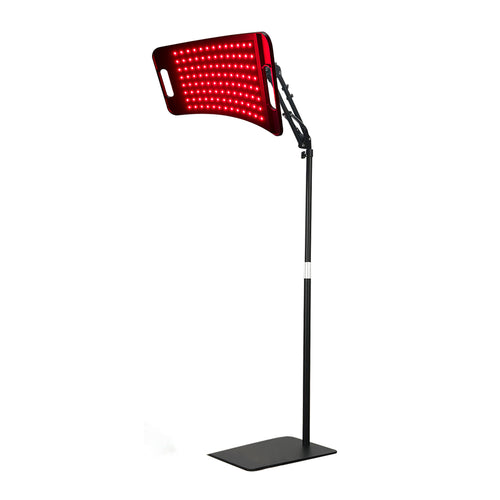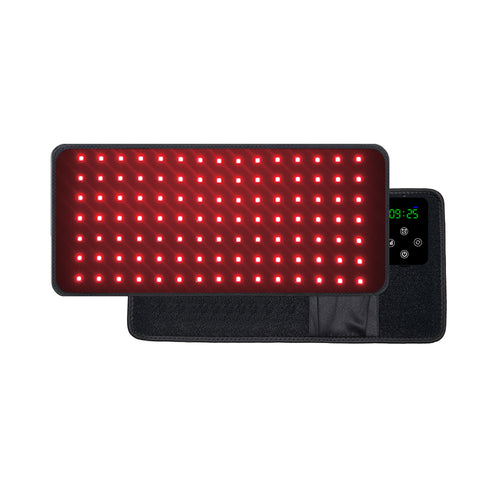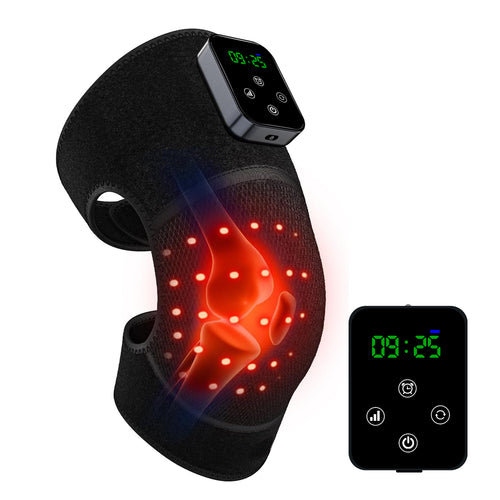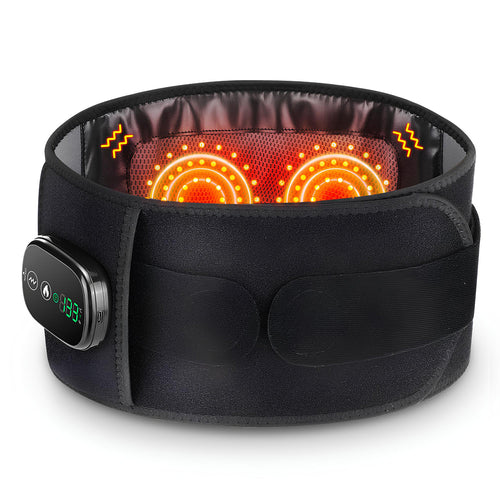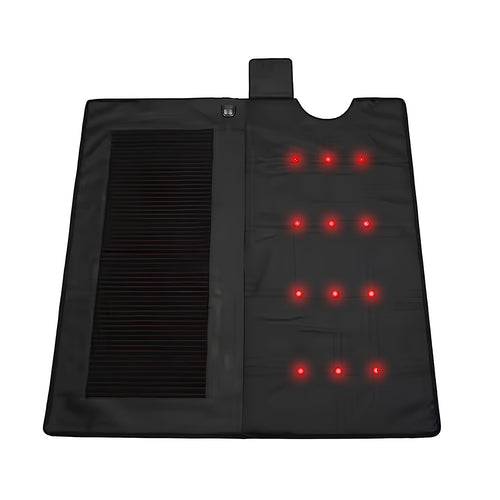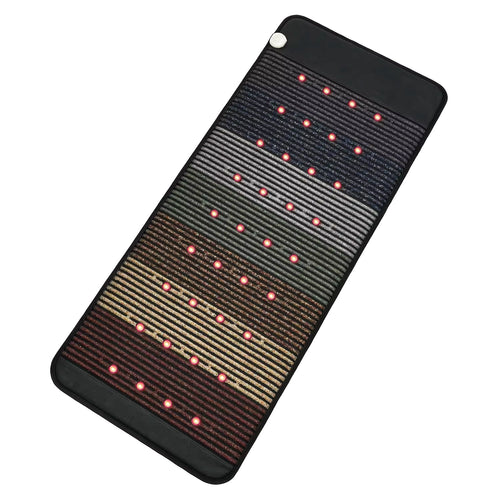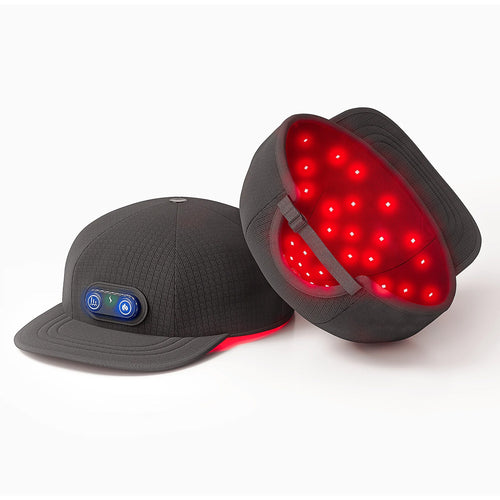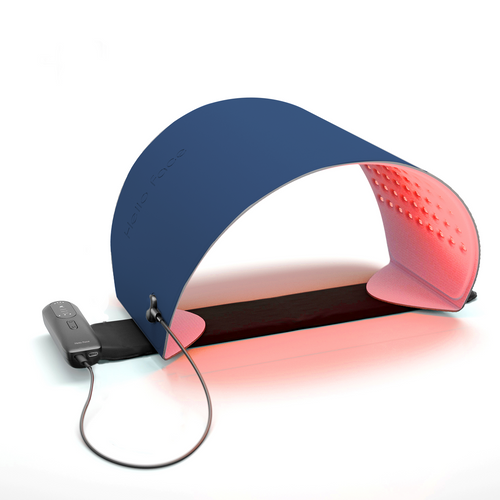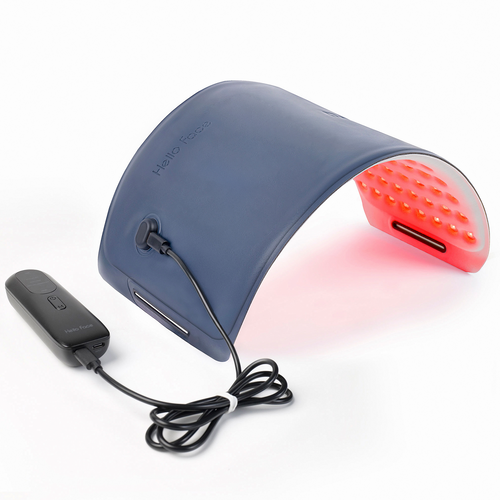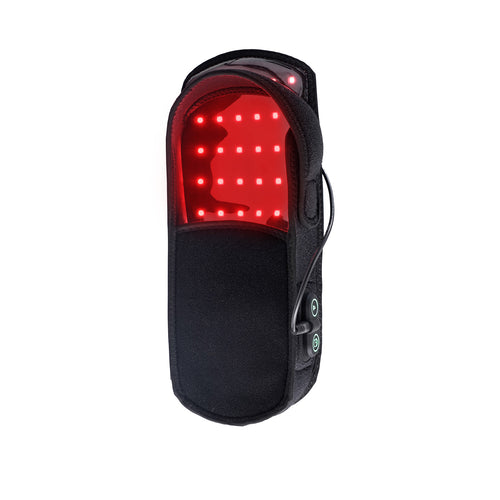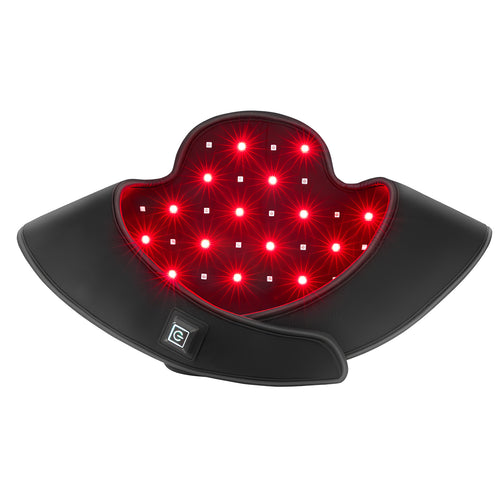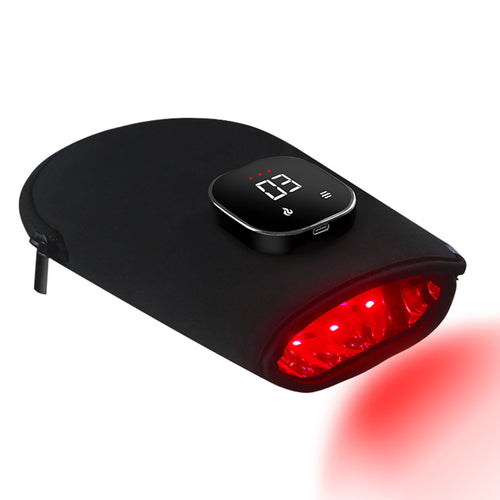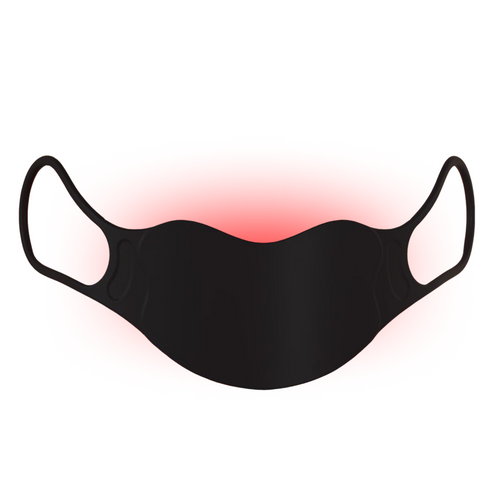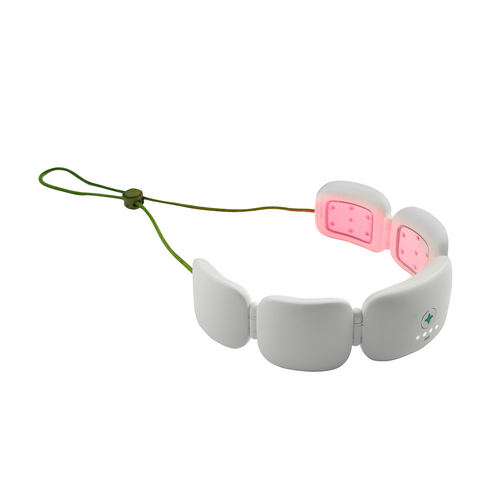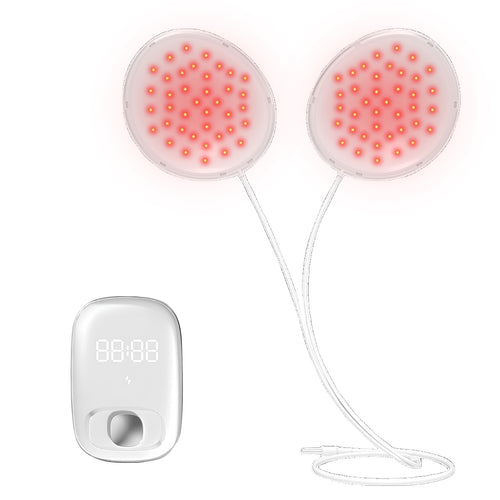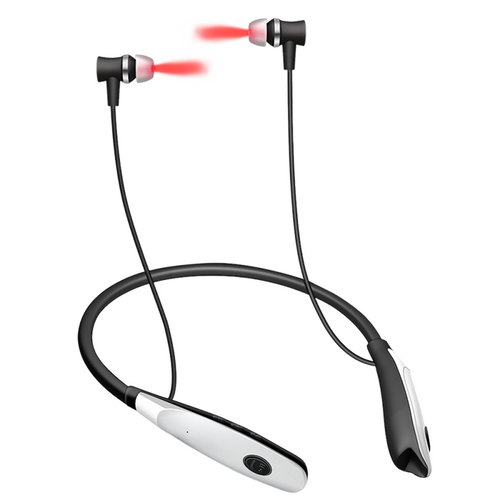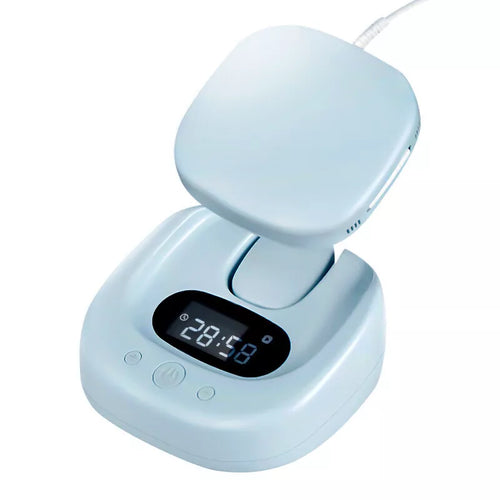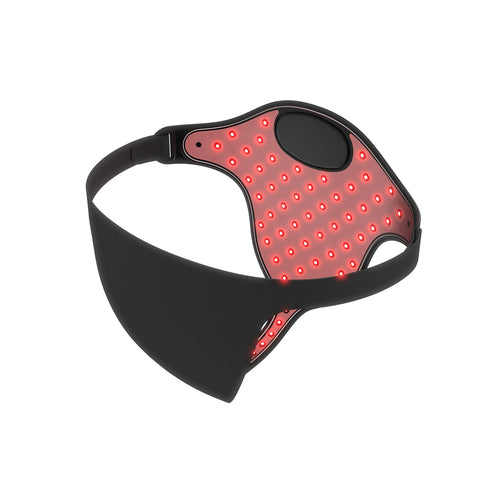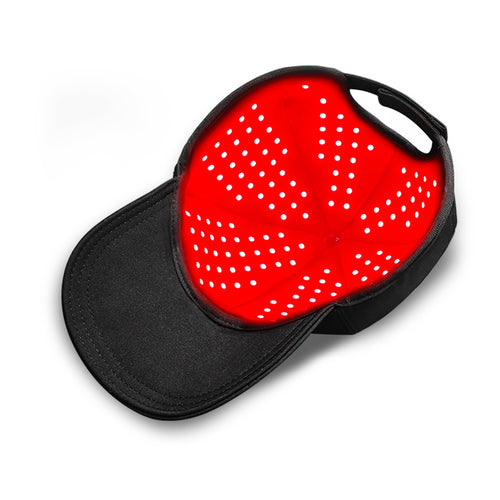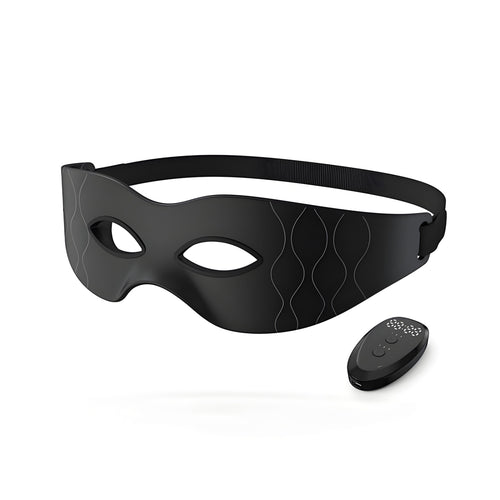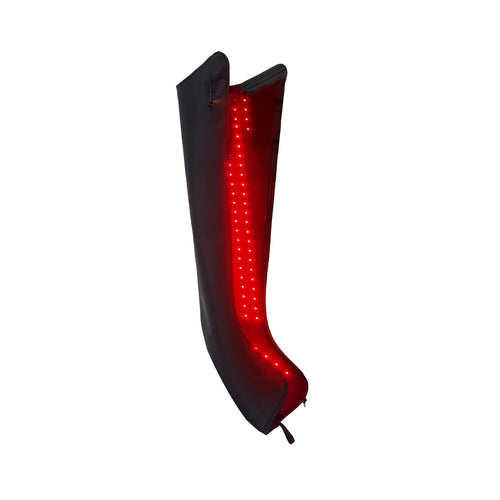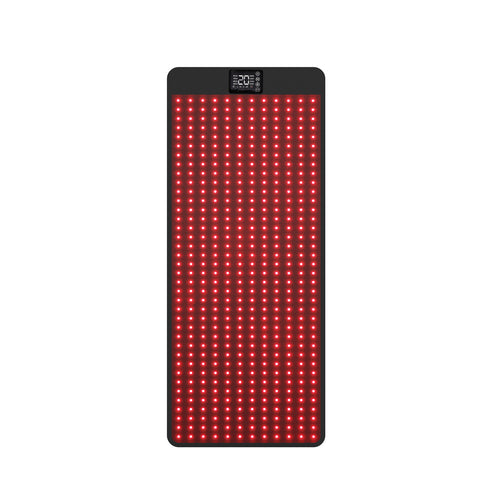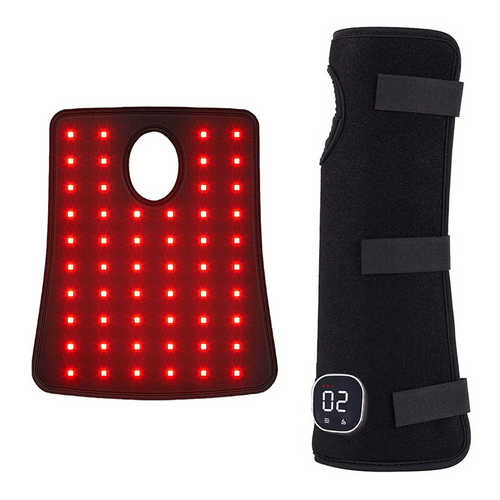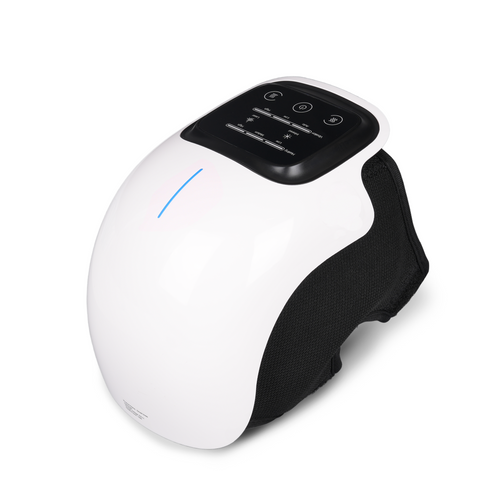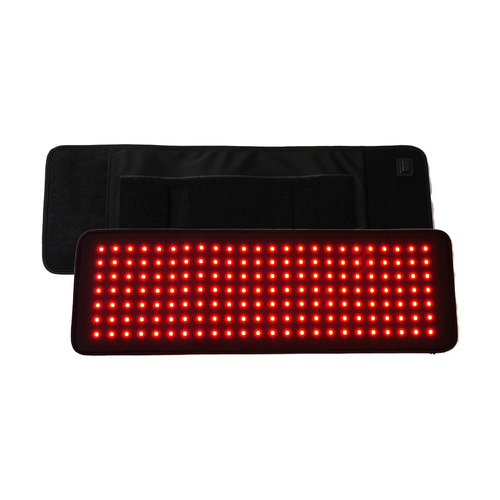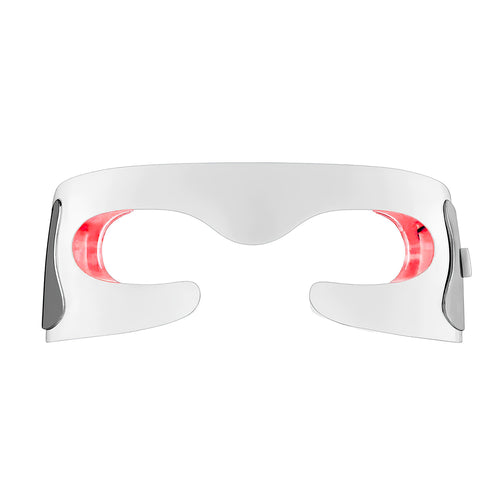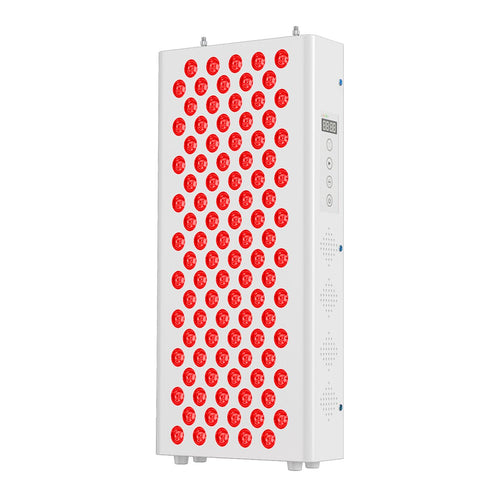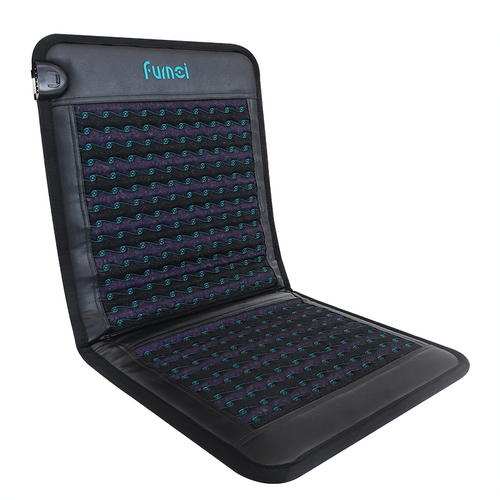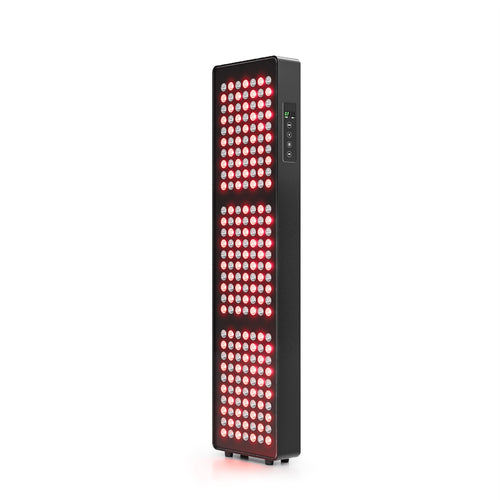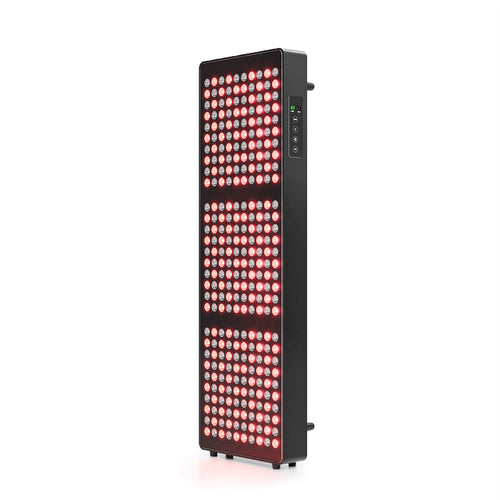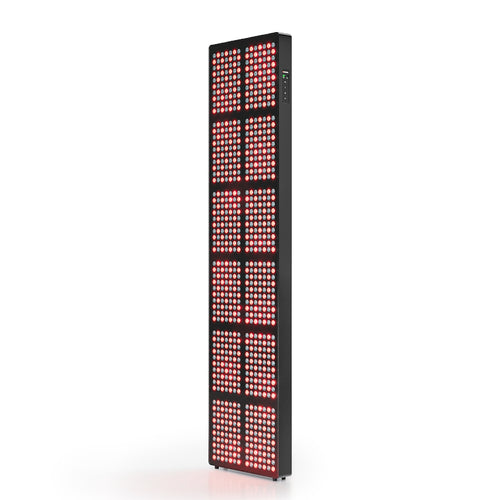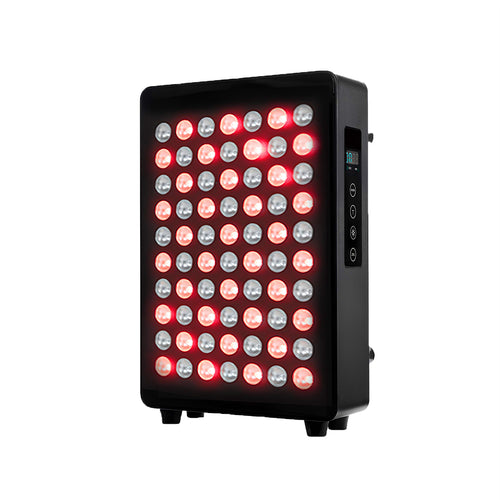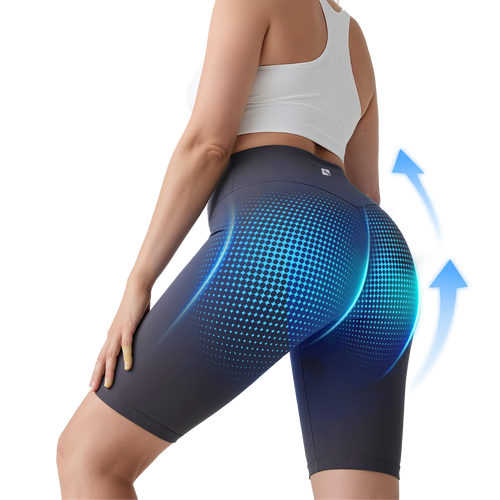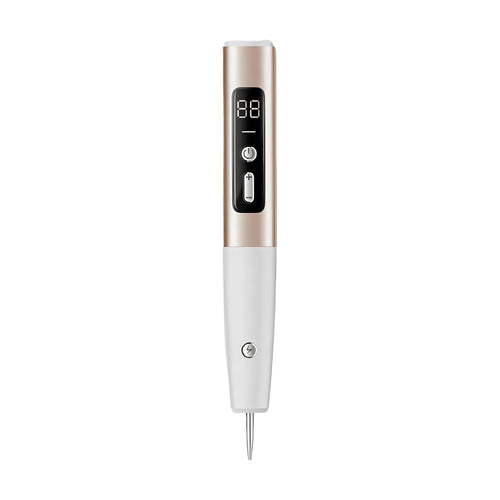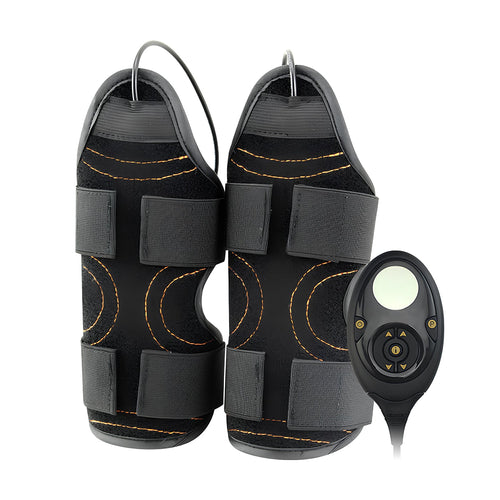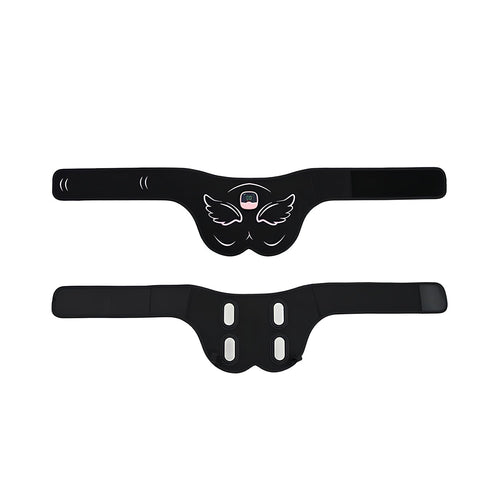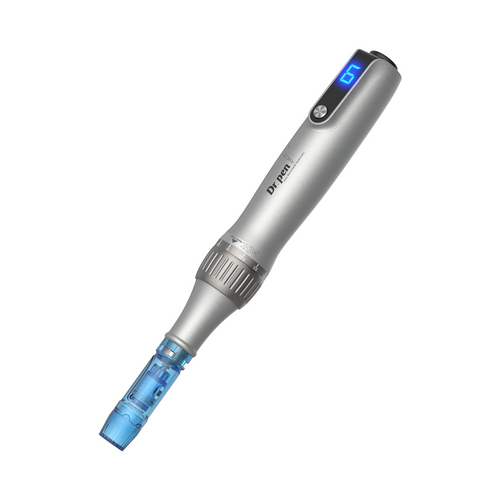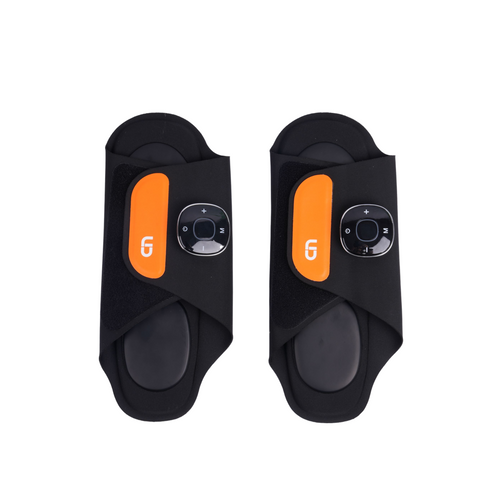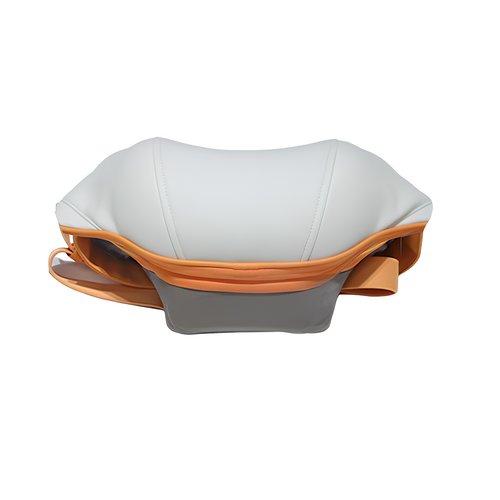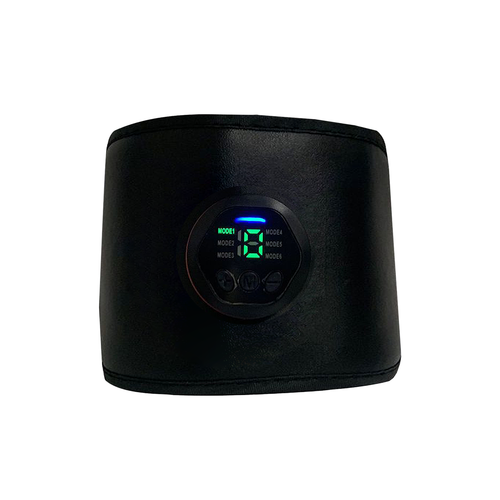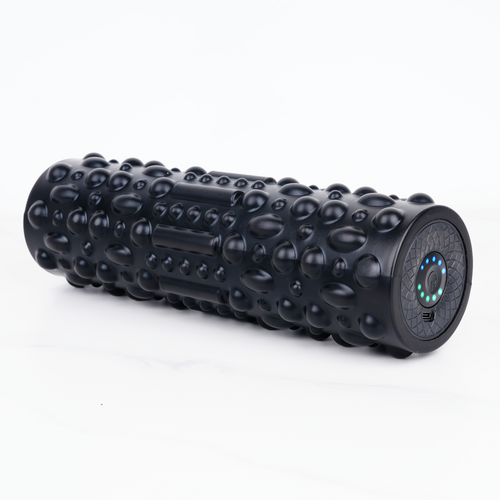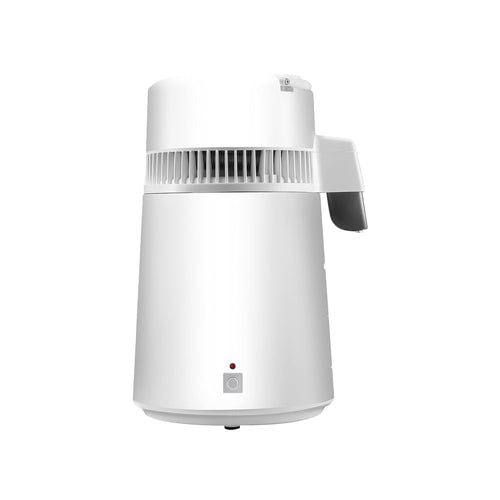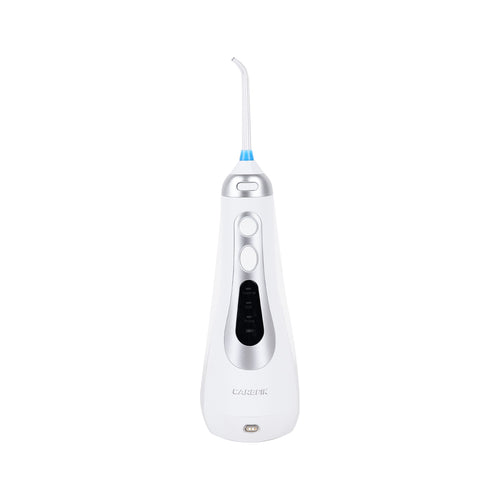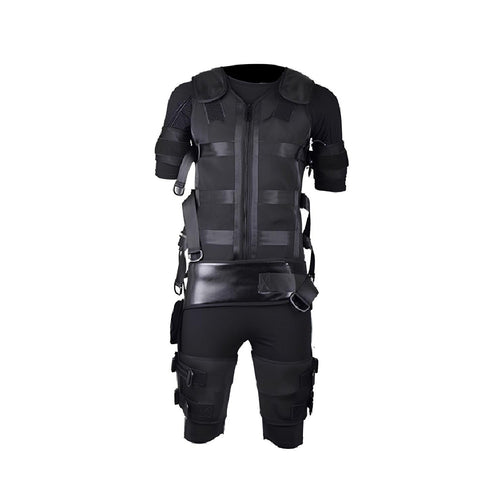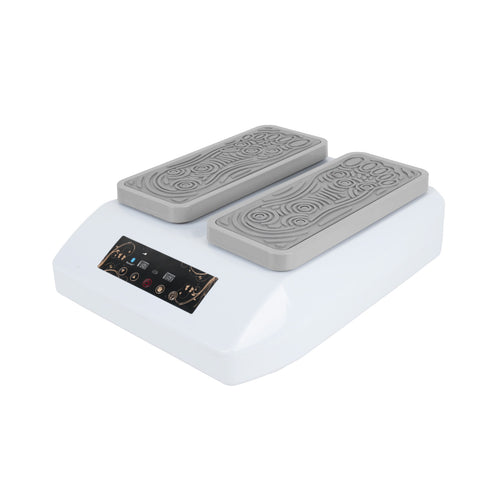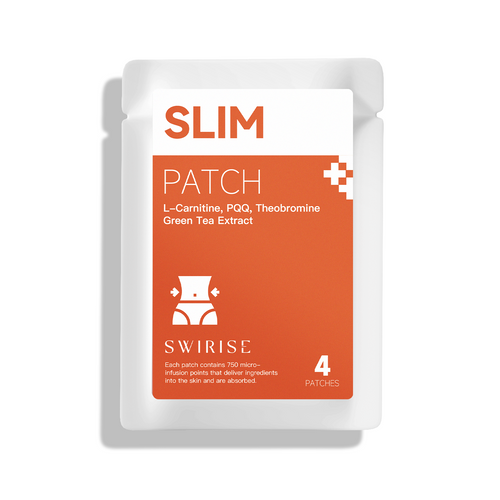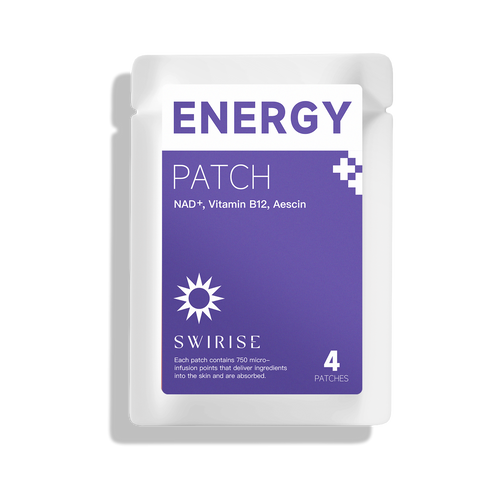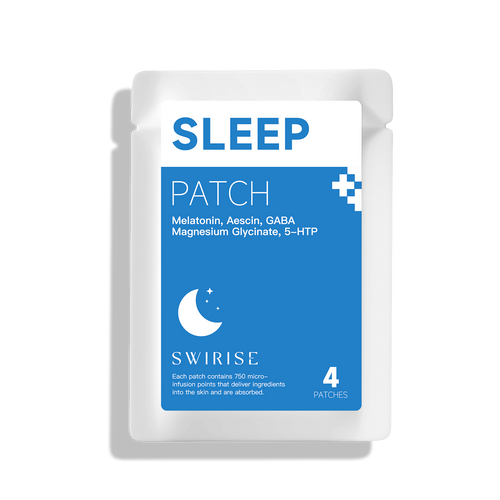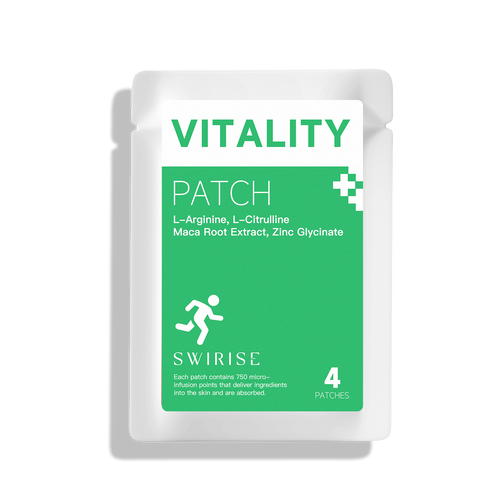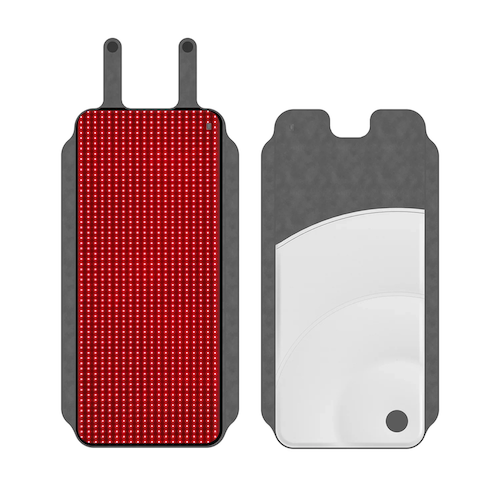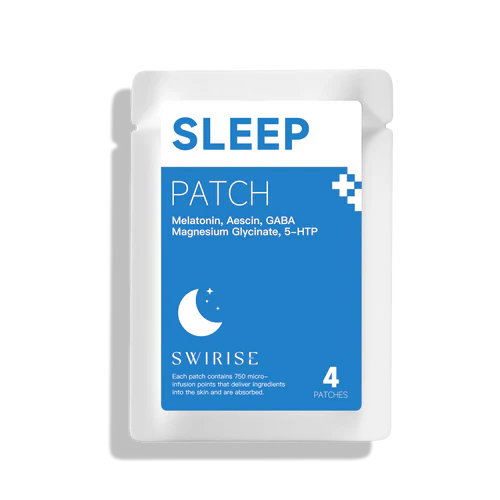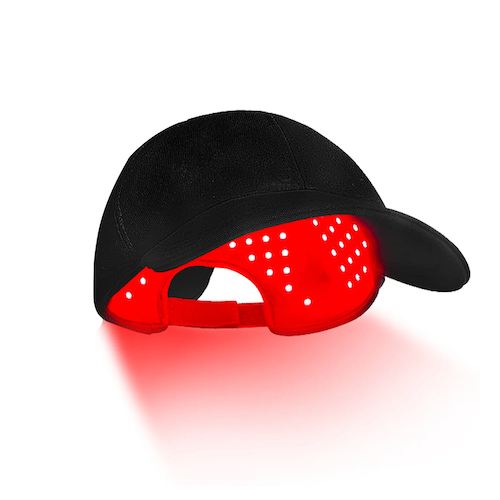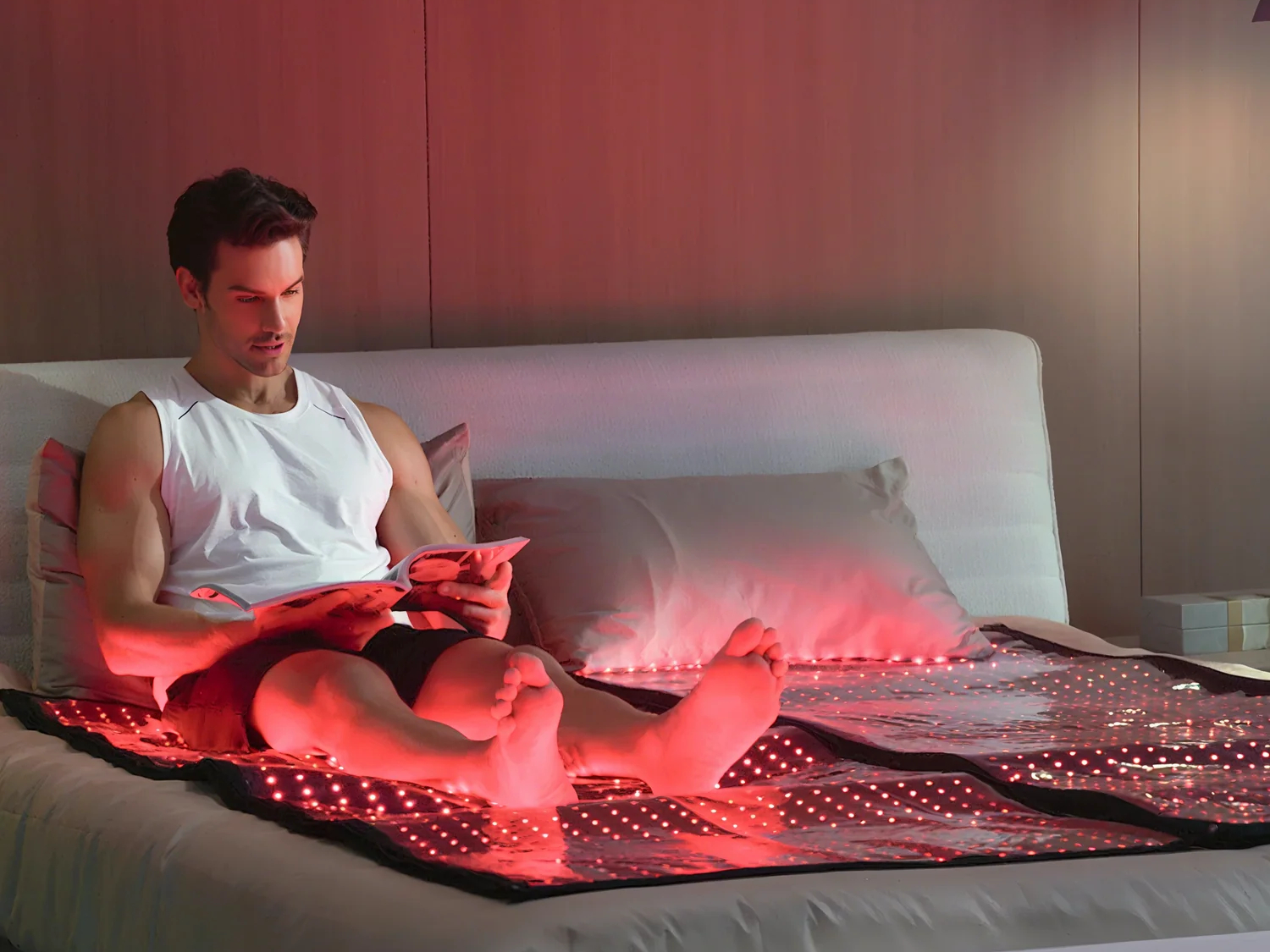
Red Light Therapy and Sleep: How to Reset Your Body Clock Naturally
JustinLinMillions struggle to fall asleep, stay asleep, or wake up refreshed. Light is one of the strongest cues that set our internal clock — but not all light behaves the same. While blue and bright white light suppress melatonin and push your clock later, low-intensity red and near-infrared light interact differently with the body and may support relaxation, melatonin balance, and sleep quality when used correctly.
Why sleep matters
Good sleep isn’t just about feeling rested. It supports tissue repair, immune function, mood regulation, metabolic health, and even skin recovery. Chronic poor sleep accelerates cognitive decline and aging markers; anything that safely helps you get more restorative sleep is worth understanding.
How red / near-infrared light may help
Photobiomodulation (PBM, aka low-level red/near-infrared light therapy) works largely through mitochondria — cell structures that make energy. Certain light wavelengths are absorbed by cytochrome c oxidase and other chromophores in mitochondria. That absorption can boost cellular energy production (ATP), modulate nitric oxide signaling, and influence processes tied to repair and circadian biochemistry. These mitochondrial effects are the leading mechanistic explanation for how red/near-infrared light can promote recovery, reduce inflammation, and influence sleep biology.
One interesting link is melatonin. Melatonin is produced at night and signals the body that it’s time to sleep. Some experimental and clinical work suggests red light exposure does not suppress melatonin and, in certain contexts, may even be associated with improved evening melatonin levels and sleep metrics. The precise chain — from light → mitochondrial signaling → melatonin dynamics → sleep — has accumulating support.
What the clinical evidence says
- Positive small trials/pilot data: Several human studies report improved sleep quality or melatonin after controlled red / near-infrared exposure. For example, a 14-day whole-body red light intervention in elite female basketball players improved self-reported sleep and increased serum melatonin; changes in sleep quality correlated with melatonin changes. Another randomized pilot found near-infrared treatment targeted to the neck improved perceived relaxation and sleep parameters.
- Systematic reviews/mixed conclusions: Reviews of light therapy for sleep report that light interventions can shift circadian timing and improve sleep in specific populations (shift workers, people with circadian disorders).
- Mechanistic support: Photobiomodulation’s action on mitochondrial chromophores and downstream signaling is well described in the PBM literature, which gives a plausible mechanism for systemic effects, including modulation of sleep-related physiology.
Which Swirise Device Fits Each Sleep Goal?
Swirise Red and Near-Infrared Light Therapy Bag Pro
Overview:
This full-body light therapy bag combines six wavelengths—including the rare 1064nm—to deliver deep relaxation, reduce inflammation, and support circadian rhythm balance. Its large, wraparound design makes it easy to incorporate into a nightly wind-down routine.
Best for:
- Individuals with chronic fatigue or body tension impacting sleep
- Athletes seeking full-body recovery and restful nights
- Users who want both sleep support and whole-body wellness
Key Benefits:
- Improves sleep quality by calming the nervous system and mimicking sunset wavelengths
- Reduces nighttime restlessness by lowering inflammation and discomfort
- Promotes deeper recovery, helping you wake up refreshed
- Supports collagen production for healthier skin
- Accelerates healing and reduces pain from injuries or soreness
Swirise Sleep Micro-Infusion Patch
Overview:
This micro-infusion patch uses 750 dissolvable tips packed with natural actives like Melatonin, GABA, Magnesium, and 5-HTP. It’s designed for fast, direct absorption, helping you fall asleep quickly and stay asleep longer.
Best for:
- People struggling with falling asleep or staying asleep
- Frequent travelers and shift workers dealing with jet lag
- Users who prefer a natural, drug-free alternative to pills
Key Benefits:
- Fall asleep faster — works in as little as 30 minutes
- Promotes deep, uninterrupted sleep throughout the night
- Reduces stress and anxiety for a calm bedtime routine
- Improves circulation to fight fatigue and morning grogginess
- Plant-based, safe, and non-habit-forming
Swirise Red and Infrared Light Therapy Cap
Overview:
This upgraded cap combines red and infrared wavelengths to stimulate melatonin production, reduce headaches, and support brain vitality. Easing stress and balancing circadian rhythms, it promotes more restful, consistent sleep.
Best for:
- People with insomnia or light, disrupted sleep
- Users with headaches, stress, or brain fog interfering with rest
- Those experiencing early-stage hair loss who also want sleep support
Key Benefits:
- Supports melatonin release and circadian rhythm regulation for better sleep
- Relieves tension headaches and stress that disrupt sleep
- Enhances relaxation by calming the nervous system
- Stimulates natural hair regrowth and scalp health
- Boosts brain clarity, focus, and overall cognitive wellness
Conclusion
Red light therapy isn’t only about glowing skin or faster recovery — it can also be a practical, science-backed tool for improving sleep quality. By reducing melatonin disruption, easing tension, and mimicking the calming wavelengths of sunset, it helps reset your body clock naturally.
Whether you choose a full-body bag for systemic recovery or a targeted cap for localized relaxation, the key is consistency. Used regularly, red light therapy can help you fall asleep faster, wake up refreshed, and support healthier aging from the inside out.
